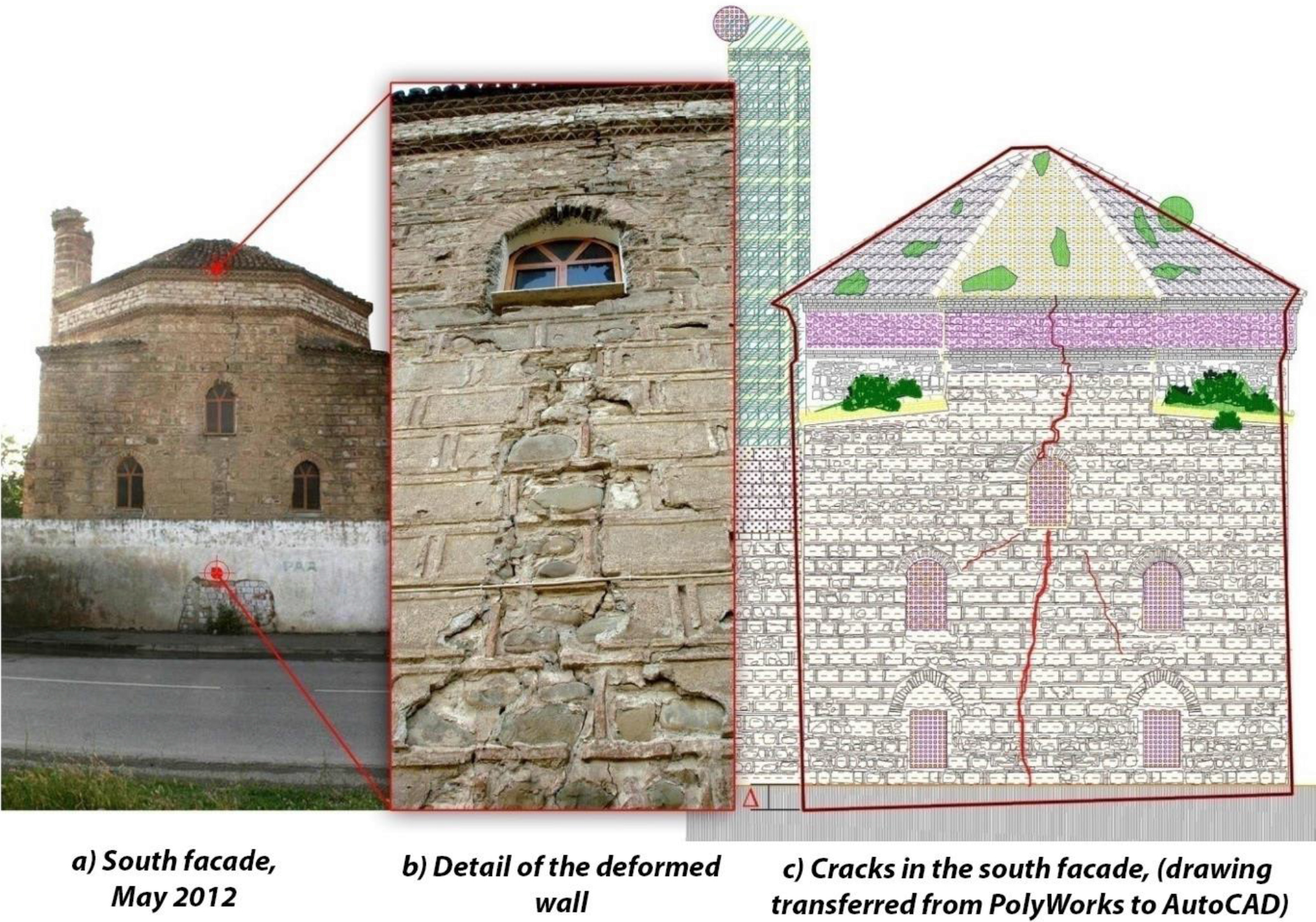Words on Wednesday aims at promoting interesting/fun/exciting publications on topics related to Energy, Resources and the Environment. If you would like to be featured on WoW, please send us a link of the paper, or your own post, at ERE.Matters@gmail.com.
***
Yardım, Y. and Mustafaraj, E., 2015. Effects of soil settlement and deformed geometry on a historical structure, Nat. Hazards Earth Syst. Sci., 15, 1051-1059, doi:10.5194/nhess-15-1051-2015.
Abstract:
Protecting the historical character of a valued structure during the assessment and damage repair process is a very challenging task for many engineers. Heritage protection is complicated by a lack of design details and restrictions on sample extraction needed to obtain accurate material properties and limited studies on the restoration of certain types of historical structures. This study aims to assess the effects of soil settlement on a structure’s stress concentrations and the value of laser scanning techniques on structure analysis in obtaining correct data of settlement vs. deformation. Terrestrial laser scanner (TLS) data are used to analyse the 500-year-old historical structure of Naziresha’s Mosque. The obtained TLS data allow an accurate definition of the imperfect geometry patterns lying on every side of the structure. The soil profile and general crack formation together with TLS measurement proves that the structure deformed toward the south façade, where a railway and motorway are also located. Stress concentration and mode period results have a considerable difference, which highlights earthquake vulnerability and failure mechanisms and changes the strategy of possible retrofitting.

Cracks due to differential settlement (d = 18 cm) in the south façade (May 2012).
